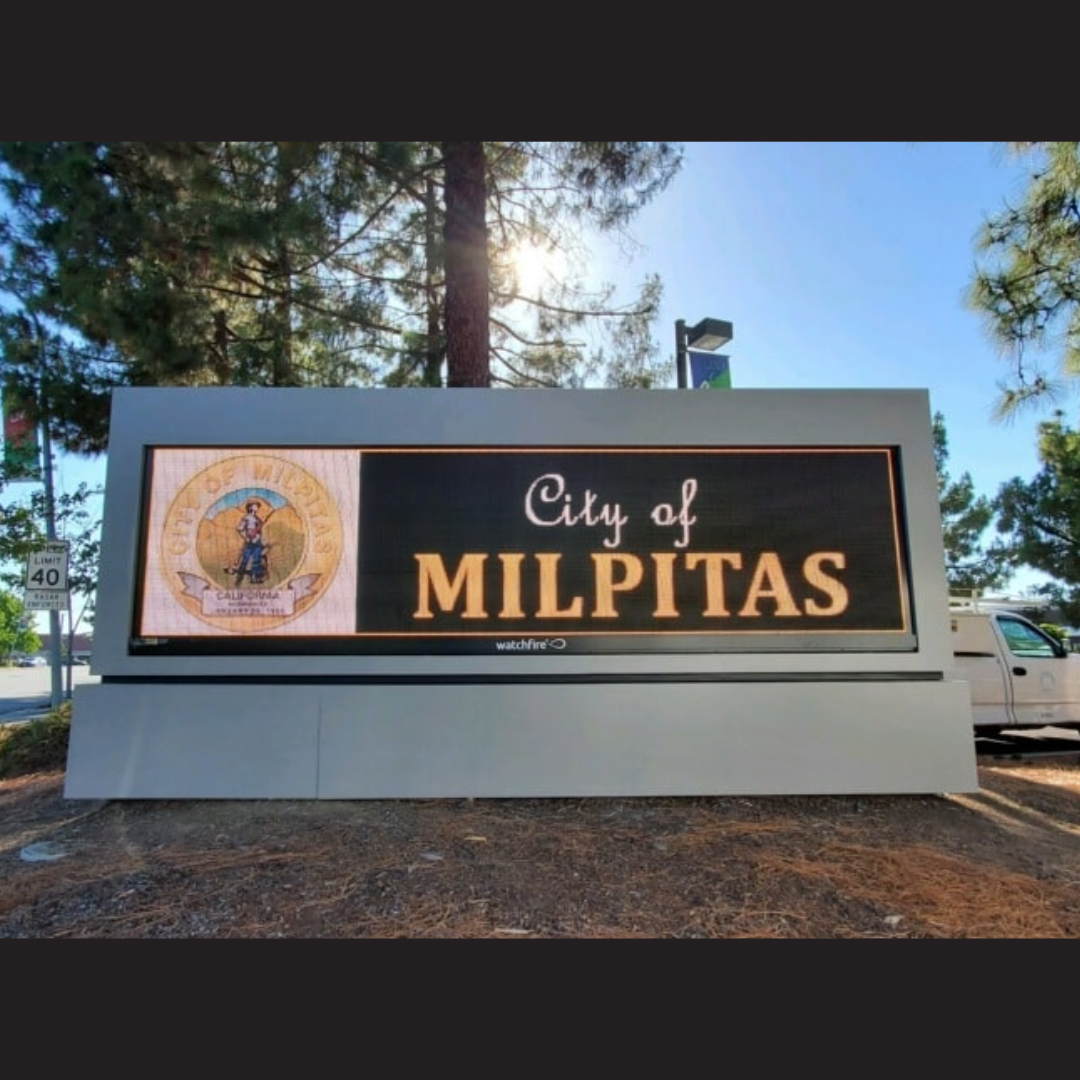Digital vs. Traditional Signage: What Works Best for Modern Businesses?

Digital vs. Traditional Signage: What Works Best for Modern Businesses?
Not all signs are created equal, and in a world where attention is everything, the type of signage you choose can make a major difference. If you’re deciding between digital vs. traditional signage, you’re not alone. Businesses across the Bay Area are asking the same question: what works best for visibility, communication, and return on investment?
Let’s break it down.
What’s the Difference between Digital and Traditional Signage?
Traditional signage refers to static signs: monument signs, wall graphics, window lettering, ADA plaques — anything that doesn’t change once it’s printed or installed.
Digital signage uses screens to display dynamic content. Think LED reader boards, lobby directories, digital menu boards, or even touchscreen kiosks. The message can change at the push of a button.
Both have their place. But the right one for your business depends on your goals, audience, and location.
Pros and Cons of Traditional Signage
Lower Cost, Higher Durability
Traditional signs usually have a lower upfront cost and can last for years when made with the right materials. They’re ideal for long-term branding, wayfinding, or compliance signage.
No Power Required
Once installed, traditional signs don’t need electricity or software — which means fewer moving parts and less maintenance.
Limited Flexibility
The downside? What you print is what you get. Need to update hours or add a promo? You’ll need a whole new sign. That rigidity makes traditional signage less adaptable to fast-paced industries.
BLR Visual Communications has helped Bay Area businesses overcome these limitations by implementing digital signage solutions that allow real-time content updates. For example, the Milpitas City Hall project included a full-color LED display integrated with Watchfire’s Ignite software, giving the city complete control over content changes without replacing physical materials.
Pros and Cons of Digital Signage
Dynamic Content That Captures Attention
Digital signs let you rotate messages, display real-time info, and keep things fresh. That’s a huge plus in environments where grabbing attention quickly matters — like restaurants, healthcare lobbies, or high-traffic retail.
Easy Updates, Smarter Scheduling
You can schedule content changes remotely — whether it’s time-of-day pricing, seasonal promotions, or emergency messaging. And if you’ve got multiple locations, you can push updates across all screens at once.
Higher Initial Cost, Better Long-Term ROI
Yes, digital signage is more expensive upfront. But when used well, it often pays for itself in engagement, customer satisfaction, and operational efficiency.
Use Cases: Which Sign Type Works Where?
Static Signage Still Reigns Here:
- Monument and property signs where longevity and code compliance are key
- ADA and safety signage with tactile lettering and braille
- Architectural branding elements that create permanence and polish
Digital Signage Excels Here:
- Restaurants and cafes that rotate menus or run limited-time offers
- Hospitals and clinics with frequent room or provider changes
- Tech offices that want modern, flexible branding in lobbies or meeting spaces
- Event venues that require real-time wayfinding and schedules
Blending Both Digital and Traditional for a Smarter System
Here’s the real answer: you don’t have to choose one or the other. In fact, many of our Bay Area clients use a blend of both — digital signs where flexibility matters, and traditional signage where consistency, compliance, or cost control come into play.
If you’re not sure which to use where, we can help you map it out.
Final Takeaway
Choosing between digital signage vs traditional doesn’t have to be a guessing game. It’s about knowing what each one does best and aligning that with how your business communicates, updates, and grows.
Whether you’re a fast-growing tech company, a multi-site restaurant group, or a civic organization looking to improve public flow, signage is one of the most powerful (and overlooked) tools in your brand arsenal.
Want help building the right signage system?
Contact us today or check out our Digital Signage in San Jose page for more inspiration.